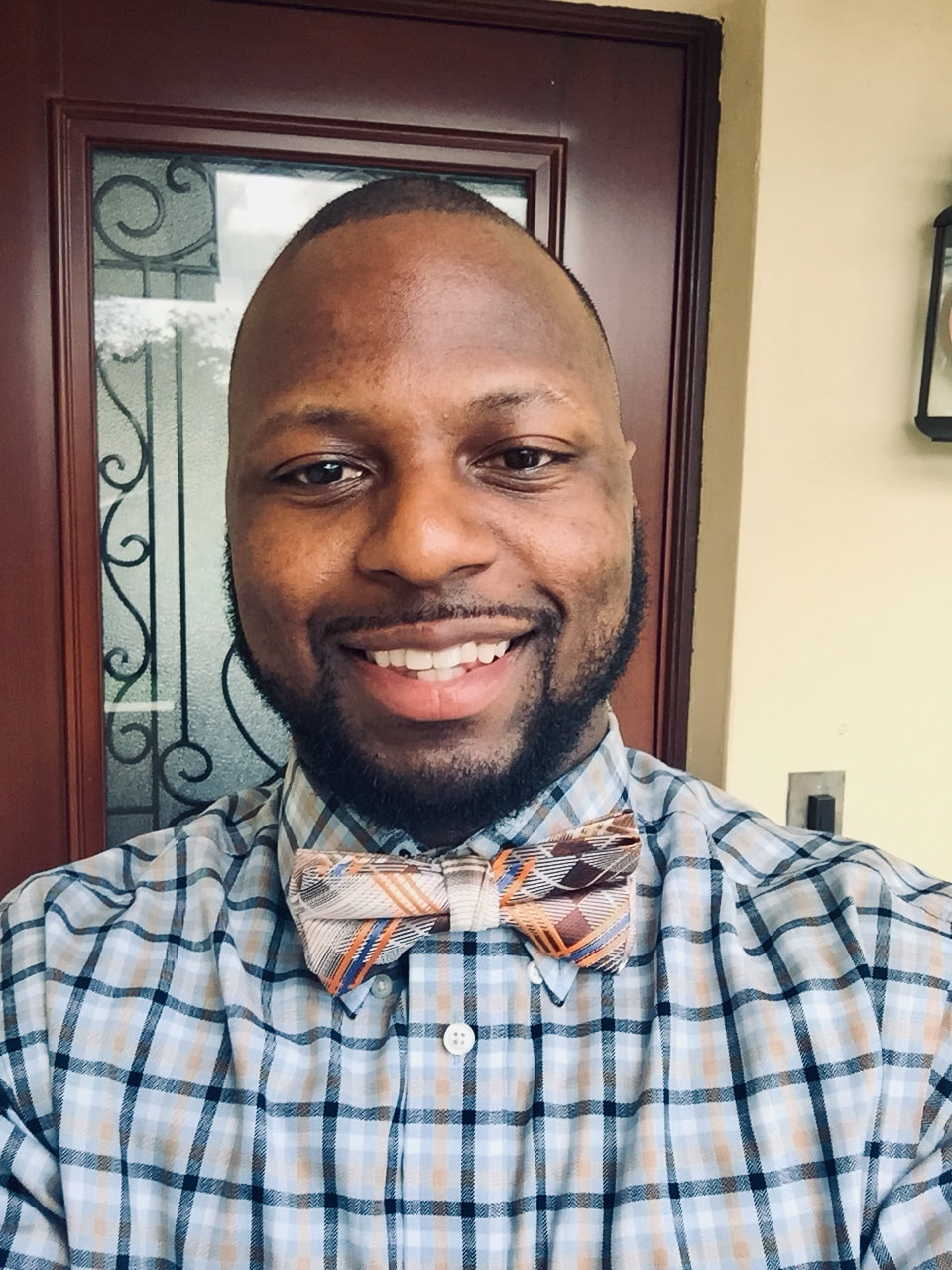|
STEP 1: SHUT UP AND LISTEN
If we don’t listen… google search will! Could you imagine a time where a patient could just type in their symptoms into an app that in turn gives them a diagnosis and an entire exercise program to follow without ever having seen a healthcare practitioner? In a time where our use of technology grows professionally and socially, we have to stay committed to what drives our efforts of research and desire for clinical expertise. That is being engaged and listening to our patients. The first date is great… but the second date may be more important. Structurally, we typically only set aside one point in time where we truly listen to our patients. We enter our evaluation, fully grounded in this concept of motivational interviewing in which we are empowering our patients, tactfully guiding them towards an internal locus of control over their situation. Before you know it, we’ve reached our 10th visit and it’s time for a progress note. We’ve updated a few exercises here and there, but we haven’t revisited their original reason for coming to therapy in the first place. Where did we go wrong? We fell victim to becoming too comfortable with the relationship and unfortunately taking their time for granted. The world of speed dating In the midst of our day to day caseloads, it may seem cumbersome to have a patient that won’t stop rambling. It’s their fault, they should know you have notes to write, another patient that is also requiring your attention and a few text messages you need to respond to from an hour ago. It’s like speed dating with two people simultaneously and you’re trying to listen to them both tell you their life story. You may take pride in finishing the day with your notes done, feeling efficient and like you’ve mastered the art of multi-tasking, but at what expense. Use cruise control with caution. It’s so much easier to take your foot off the pedal knowing all you need to do is control the steering wheel. You write up a great eval note from the first visit but fail to refer back to it. You go on auto pilot because you have already decided what is needed to get this person better based on their initial presentation. After a few visits with you, they’re doing much better, only having 1/10 pain and being consistent with their exercises. Their only problem now is being able to pick up their newborn grandchild. This was their initial problem described to you at the first visit, but we became sidetracked and only focused on the numeric pain rating scale as an outcome. We haven’t asked how their grandchild is doing or determined if they have obtained their goal of holding them in their arms. It may be minute in the grand scheme of medical diagnoses but remembering something this simple can go a long way. With preparation comes less effort. Give yourself time to chart review. Take notes. Go into each session as if it’s the last time you may get a chance to make a life better. There are a good number of people who will only seek our help when they are desperate, let’s surpass their level of vulnerability with preparedness. Being present, listening to them each visit and allowing their concerns to direct our care will ultimately prove most effective. Taking the time to hear them out can be useful if we are asking the right questions at not just the evaluation, but also during follow up visits. Appreciate their learning style and try your best to tailor to it. Understand your wealth of knowledge may only be useful to those that find value in it as it relates to their circumstances.
0 Comments
Leave a Reply. |
Author: YFF
Your Favorite PT Fellow AuthorMeet Chris, the creator and sole author of the Your Favorite PT blog Categories
All
Archives
March 2021
|
